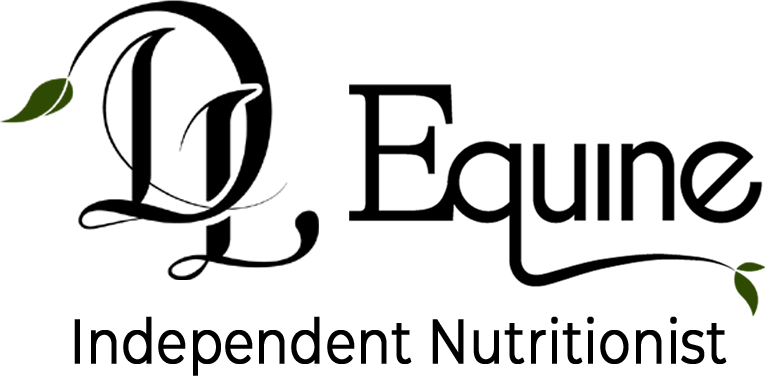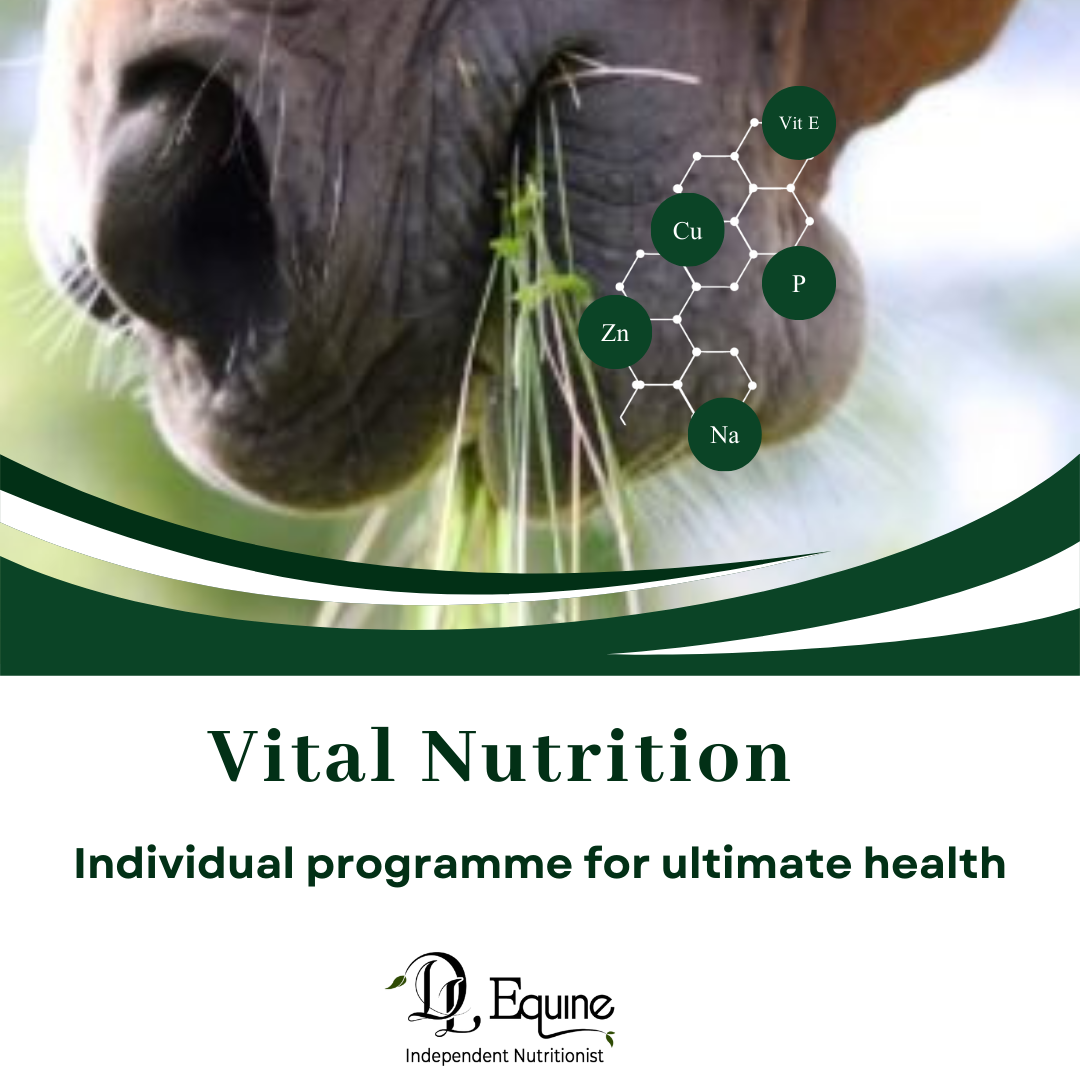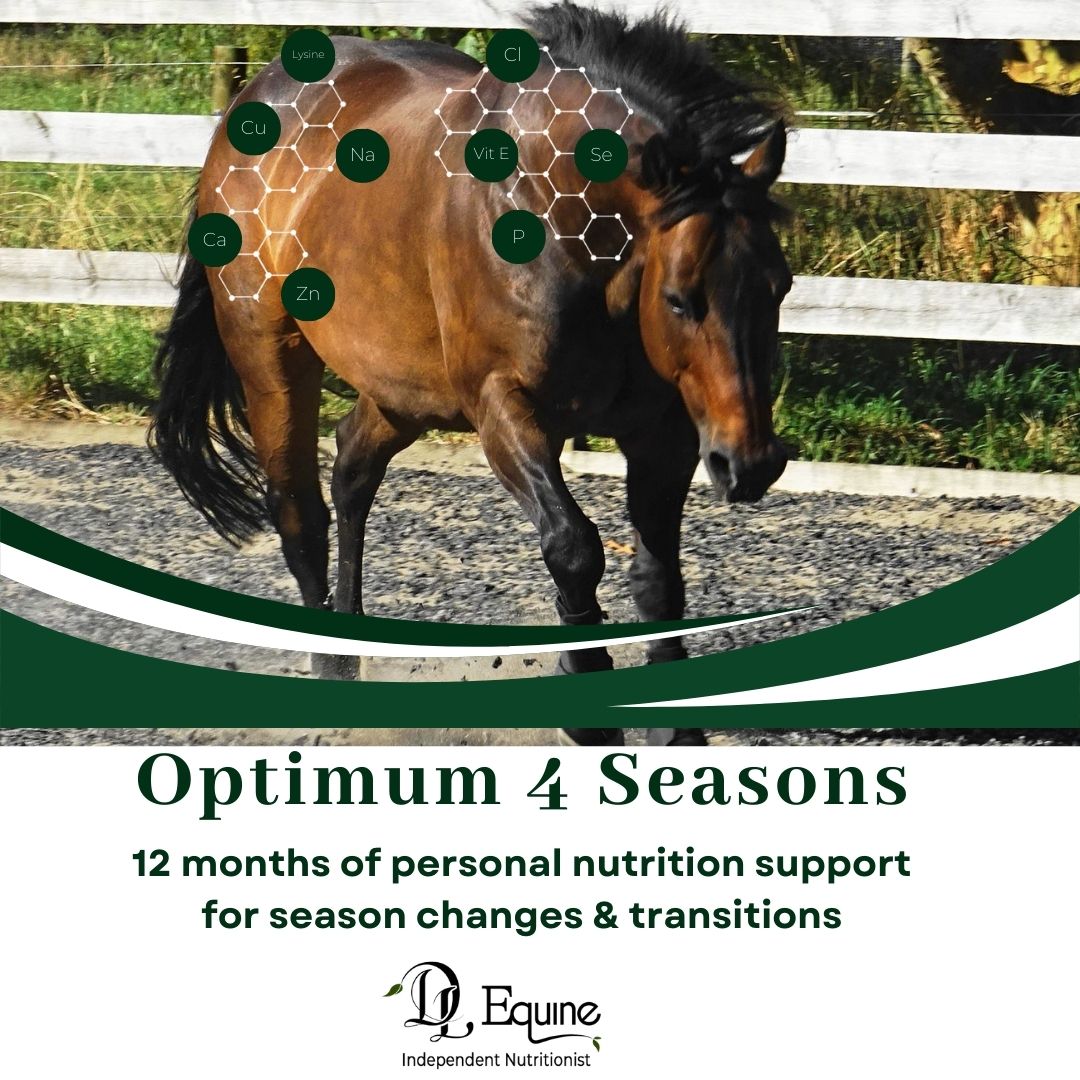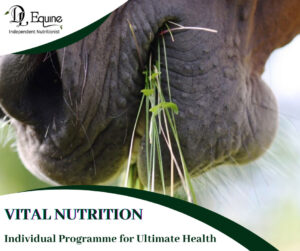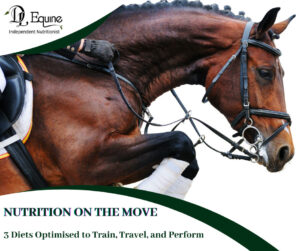Hi team,
After the last post on laminitis I thought it a good time to discuss hind gut acidosis.
Your horse’s digestive system;
First your horse takes a bite. Then it enters the horses stomach. This stomach produces acid continuously which starts protein digestion and handily destroys microbial organisms your horse has consumed by eating off the ground. And let’s face it we’ve all seen them eat next to their own poop!
Second this pulverized food mass enters the small intestine for further digestion of all the good stuff like carbohydrates, sugars and starch. But NOT fibre.
Thirdly that fibre is digested in the hind gut. Your horses gut has a really unique gut that has a fermentation vat (caecum) for fibre digestion. This contains a huge number of special bacteria hungry to break down fibre also providing your horse with energy. It is located at the end of the horses long digestive tract therefore = hind gut
It’s all a fine balancing act. Optimum is for the starch and sugars to be digested fully in the fore gut. If they are not and reach the hind gut then they undergo fermentation.
Bacterial fermentation in the hind gut results in lactic acid production. This is the big problem as lactic acid causes the acid ph to lower killing the special fibre digesting bacteria.
This can cause all types of problems such as laminitis or colic. [icon icon=icon-ambulance size=14px color=#000 ]
What can you do;
Feed fibre, more fibre (notice a theme here folks)
Horses are ‘trickle feeders’ grazing fairly continually. They require a continuous supply of small amounts of forage. This avoids problems with too much acid and no food to work on except the gut lining = AKA gut ulcers.
Feed your horse like a natural wild horse, or as close as possible, so that they are able to graze small amounts continually.
Feed small meals of grain and concentrates, large amounts lead to the undigested meal flowing into the hind gut and upsetting the microbes and causing further acid production i.e. more issues, laminitis or colic!
What do you feed if your horse is at risk:
Fibre, pasture (not green or fresh), hay, chaff.
This is a huge problem currently facing those of you in parts of Australia where the is literally no pasture, and hay is about to run out. Get hold of lucerne, timothy, teff or browntop chaff, the more fibre the better.
If you have no hay feed natural feedstuffs high in fibre such as, chaff, lupin hulls and beet pulp. Remember to start with feeding small amounts and increase a new feed slowly. Don’t shock your horses gut by introducing a new feed too quickly.
Feed prebiotics. And get a vet to check your horse asap.
Feel free to send me a message if you would like an individual diet calculated specifically for your horse. Check out https://dlequine.co.nz/index.php/diet-programmes-and-herbal-formulas/
